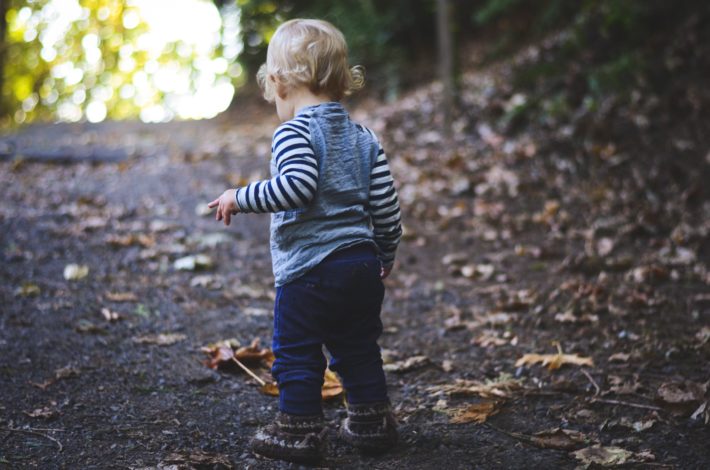Wool Clothing: From Beach Day to Winter Play
In the hunt for all things winter, I perennially spend an exorbitant amount of time looking at clothing. I obsess over details like sleeve length, jacket skirting, layering, base layering, gloves vs. mittens and how warm it all is. Luckily for me, we love wool clothing and base layers. Which means one less decision on my plate.
Some of the things that I've really come to love about wool layers
- They are so customizable. Wool clothing literally comes in multiple weights from featherweight to heavyweight. This makes it easy to throw on a wool T-shirt for a day at the beach or a thick wool base layer for extended snow play.
- No smells! Kids don't sweat in the same way adults do, so unless the item gets caked in mud (which does happen), I can go multiple times without washing.
- I've found that in mild weather, all my kids really need is a wool base layer plus their rain suits.
- It's warm when wet, unlike cotton or polyester.
- They're next-to-skin soft. My kid hates scratchy clothes. Weird seams. Tags. Really anything that isn't his definition of "cozy." My wool layers never bother him and I love that.
- It's a naturally sustainable fabric. Merino wool continues to grow each year after the annual harvest of fleece.
Wool for the Beach
I know it's almost winter in the Northern Hemisphere, but somewhere there's a warm beach with my name on it. One of the reasons I adore wool for the beach is how breathable it is. Plus, sand shakes right off, which is a major bonus in any parenting book. Additionally, the nice thing about wool, as opposed to cotton, is that it will keep you warmer on those cool nights, even if your child happens to get wet. But my all-time favorite story about wool clothing for the beach? My son got drenched. Head to toe. We laid out the shirt while he played in the sun, and by the time we were ready to leave, the shirt was dry. That's kind of magic. Especially if you have a kiddo who doesn't like his clothes being wet. Lightweight wool layers like T-shirts work great year-round as a layering piece or as a stand-alone option for summer.
Wool for the Winter
Wool is perhaps most famous for its winter applications. After all, I usually deck myself out head-to-toe in wool. Everything from socks and undergarments to hoodies and leggings. Because winter usually means an increase in snow or rain, depending on where you live, wool's ability to keep you warm when wet is key. I've also found that our wool base layers and hoodies tend to have less bulk than our polyester base layers, which makes for a more mobile kiddo. It also lets them help themselves get dressed, which is huge in my book. There's really been an increase in the amount of wool clothing available for kids. And it isn't all just long underwear-looking either. Companies like Luv Mother carry everything from leggings to skirts to sweatpants–all made from the magic of merino. As I've mentioned before, wool layers also come in multiple weights, making it great for kids who need a heavier layer on top but a lighter layer on bottom (or vice versa!). These types of outfits make it easy from the classroom to the trail.
Wool as Sustainable Fabric
With all the recent headlines about plastics in the ocean from our laundry, wool starts to become a more sustainable choice of fabrics. Merino wool is grown in New Zealand and Australia from Merino sheep. Since the wool can be harvested year after year, it makes this a sustainable resource. Another great point is that merino wool is biodegradable. The proteins in merino wool will eventually break down into organic carbon (it takes a long time, so don't worry about that!). Luv Mother and other similar companies are taking the extra step by minimizing the fabric waste. This is another sustainable practice and puts less clothing waste into landfills. 
Read More
Photos courtesy of Ali Chandra and Kim Ives.
This post is sponsored by Luv Mother. Hike it Baby received compensation in exchange for writing this review. All opinions are our own. Luv Mother is generously offering a discount to our Hike it Baby Readers until November 1, 2017. All our community specific discounts can be found on this page. Tell us what you love about merino wool below!
Related Content





Comments